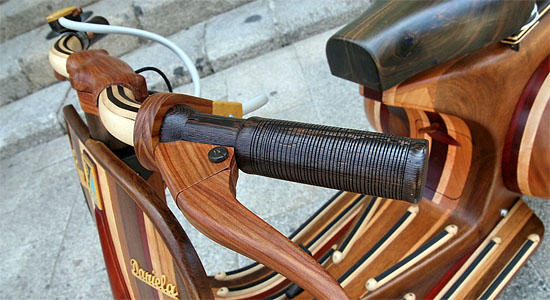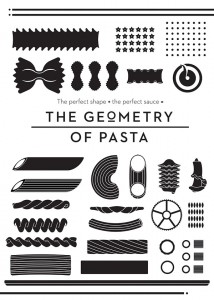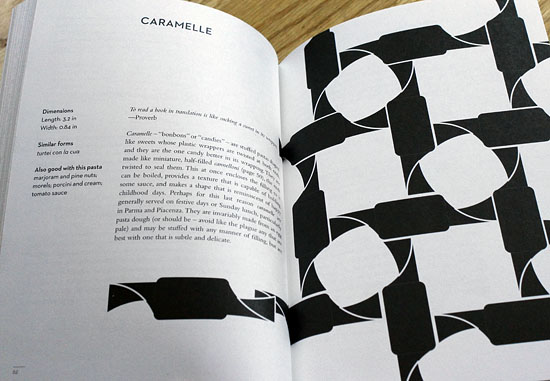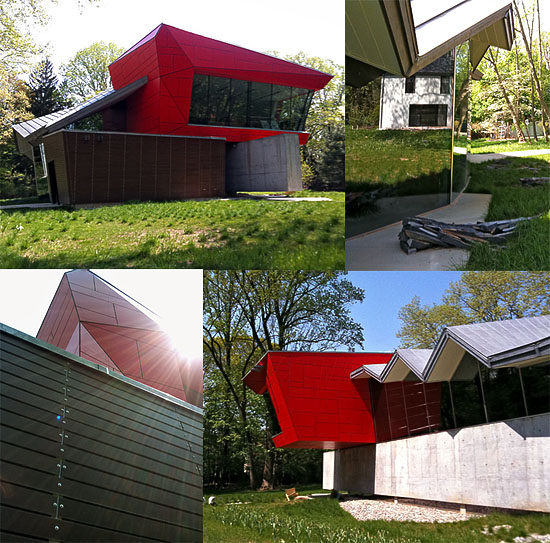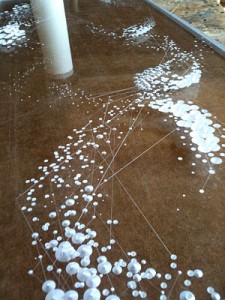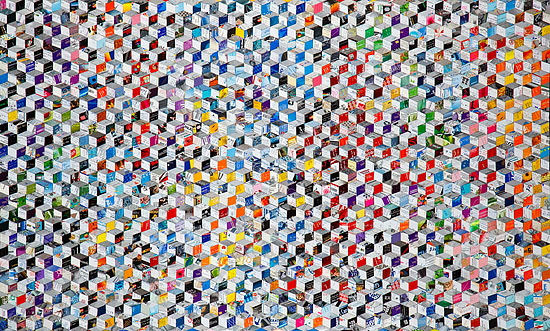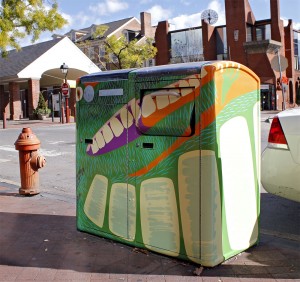 Although a seemingly winning idea, the BigBelly©* smart solar trash compactors that dot Center City Philadelphia have caused their share of controversy.
Although a seemingly winning idea, the BigBelly©* smart solar trash compactors that dot Center City Philadelphia have caused their share of controversy.
People were not happy with having to touch dirty handles in order to throw something away.
A City Controller report leveled accusations that the BigBelly contract was given without a fair bid—causing the city to pay more than they may have had to—and that maintenance costs were much higher than expected.
Count on Mural Arts, Philadelphia’s best warrior against blight, to save the day! Or at least, to bring back a positive spin.
A new project sponsored by the Department of Human Services and in collaboration with the Streets Department, Mayor Nutter and the South Street Headhouse District is turning 50 BigBellies into “LitterCritters.”
Several students in the Big Picture program worked with artists Thom Lessner and Ben Woodward around the idea of “garbage monsters” to create original artwork, which the printmakers then synthesized into wrappable designs.
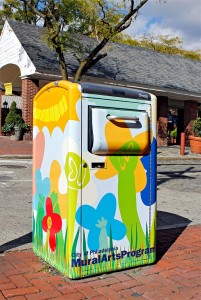 Art installations will cover 50 compactors or compactor/recycling pairs, all of them along Headhouse Square and up South Street from 2nd to 10th Street.
Art installations will cover 50 compactors or compactor/recycling pairs, all of them along Headhouse Square and up South Street from 2nd to 10th Street.
On the first day, the project completed three wrappings, and plans are to finish all of them by mid-November. The receptacles are first well-cleaned, and then printed vinyl carefully applied. The art is expected to last at least a year.
This project is an extension of the popular Design in Motion: Recycling Truck project, which saw fanciful designs applied to Philadelphia’s recycling trucks.
Hopefully, the Litter Critters will see the same success, and will be co-opted by other neighborhoods. And perhaps we might extend the project further to cover the ugly big brown corner signal boxes?
*Please assume the copyright symbol follows each mention of this brand name. We don’t feel like littering our post with it.
Like this:
Like Loading...
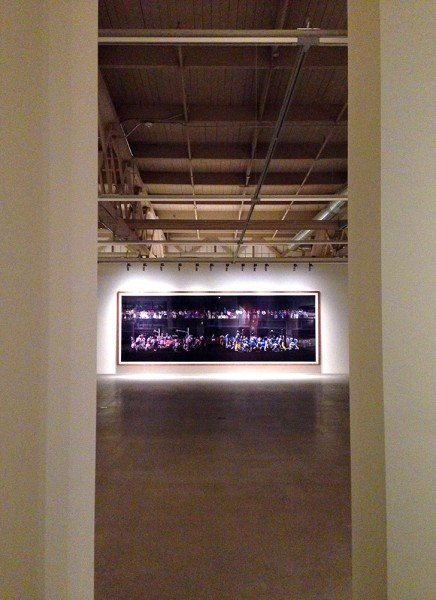 A huge variety of photographic prints make up the current exhibition (“A Sense of Place,” open through May 2014), but it’s the gallery space itself that is most intriguing. Continue reading Pier 24 SF
A huge variety of photographic prints make up the current exhibition (“A Sense of Place,” open through May 2014), but it’s the gallery space itself that is most intriguing. Continue reading Pier 24 SF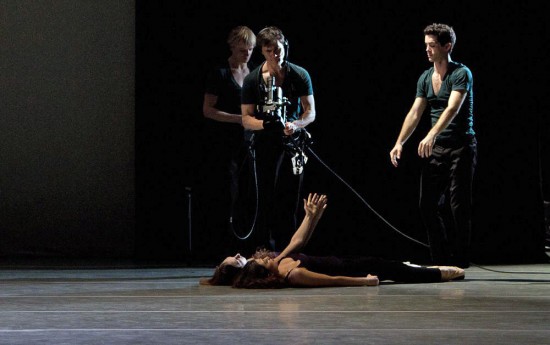
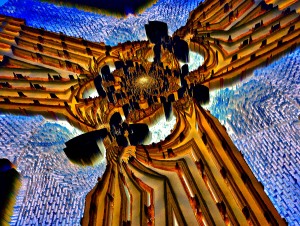
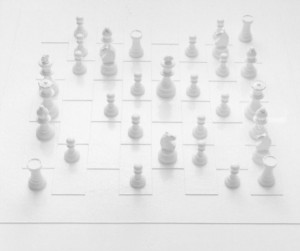
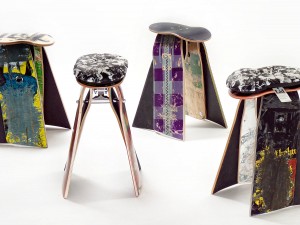
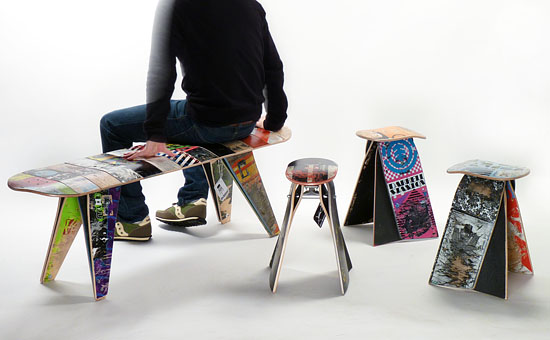

 Art installations will cover 50 compactors or compactor/recycling pairs, all of them along Headhouse Square and up South Street from 2nd to 10th Street.
Art installations will cover 50 compactors or compactor/recycling pairs, all of them along Headhouse Square and up South Street from 2nd to 10th Street.